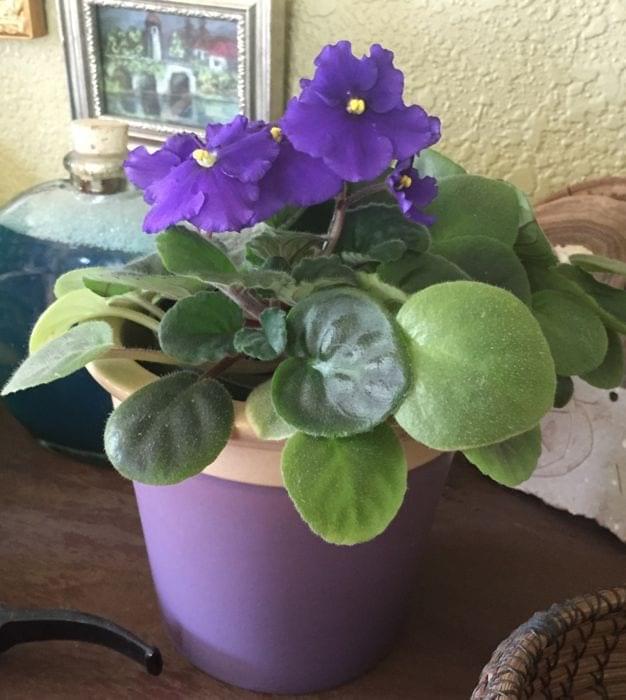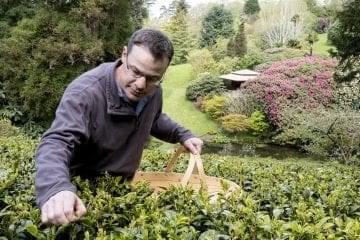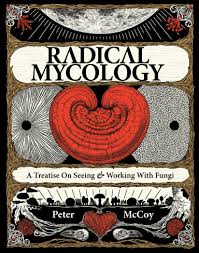For many of us, indoor gardening is a fantasy our dark or small homes won’t support, at least not easily. For general health and well-being, though, a few hardy houseplants are essential. Studies show that houseplants can make a huge positive difference in air quality, including cleaning indoor air of volatile organic compounds (VOCs), toxic metals, pesticides, and other chemical compounds in short order.
In one study, for instance, golden pothos reduced the levels of toxic chemical compounds in the air to nearly zero in just two hours. It was, of course, a small, controlled environment, but it demonstrates just how powerfully plants can effect change in our environments.
For folks with asthma or those who face respiratory or immune system weaknesses or illnesses, plants can make an otherwise inhospitable environment healthy. That’s the kind of simple medicine we can all use, but how can you keep any plant alive in the kind of low light conditions so many of our homes provide?
Here are our top six tips for making indoor gardening a reality even if you’ve got very little space or light to work with:
- Use hanging baskets to plant dish gardens of low light lovers right by the window. Likewise, hang your favorite plants in your brightest windows even if they’re not edible. Spider plants, Hoyas, and Pothos plants are particularly happy to grow in hanging baskets just out of direct sunlight. Hang them near the window so they’ll catch a few rays but won’t crowd you when you’re opening the window for a little air or pulling back the curtains or shades.
- Know your plants. Orchids, African violets, and bamboo will all survive in low light conditions. Peace lilies, Bromeliads, and mother-in-law’s tongue, also known as snake plant, even like low light conditions. Plants who love lower light conditions, as well as those who can get by in the lower light so many of us live in, will stay healthy and pest-free more easily if you take the time to get their watering and fertilizing right. Keep them healthy with a regular dose of organic fertilizer to help compensate for lower light levels and be sure to let the soil dry out between watering for those who like drier conditions, like peace lily.
If you can give flowers a boost with a month in a partially sunny window in the spring coupled with a good dose of fertilizer, they may even bloom. Once they’re in bloom, you can move them back to their usual lower light homes for the rest of the year. Plants like moss orchids and African violets are often happy to keep on blooming even if the light levels have changed.
- Use a full-spectrum light, like Ottlite or one of the other brands that crafters use, to give your plants a light boost for a few hours a day. Set it up so you can easily turn the light on and off as part of your routine or put it on a timer. Better yet, position your plants near your crafting area, so they can enjoy the light as you work. As little as two hours a day can make a big difference for your plant’s health and well being.
- Some plants just need a little outside time to spruce them back up. Do not set low light plants in direct sun though. It can cause sunburn of delicate leaves. Some gardeners will bring their waxy leaved plants outside to make use of rainwater during a light storm. Rainwater has nitrogen naturally which is excellent for stimulating foliage. Some plants can get weak stemmed after living indoors. A few weeks outside with the strengthening power of wind will build a good backbone on indoor plants if they are given some support for adjusting to the difference.
- Invest in a hydroponic garden, like Aerogarden. They’re compact, attractive, and surprisingly easy to operate. Place a couple of low-light loving plants around your garden to soak in the light that spills over, and you’ll have a lush little green space that fits on a single bookshelf. A little hydroponic garden can make indoor gardening a reality even in a tight space.







